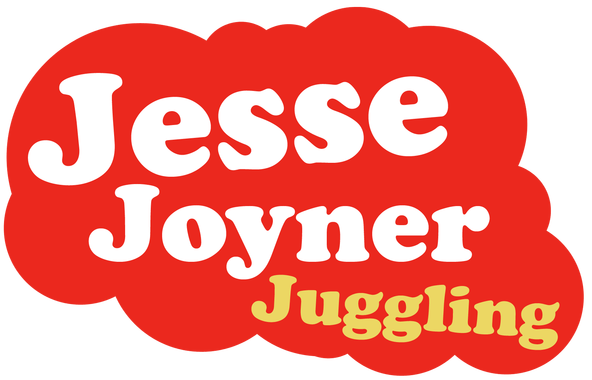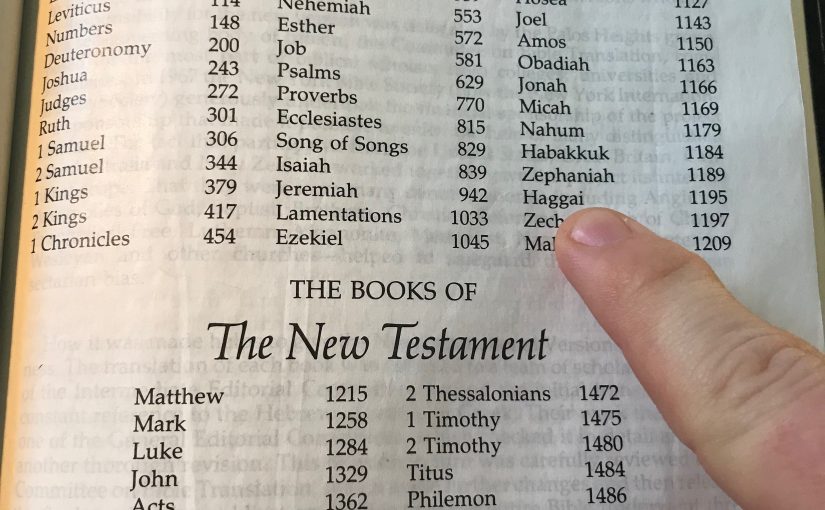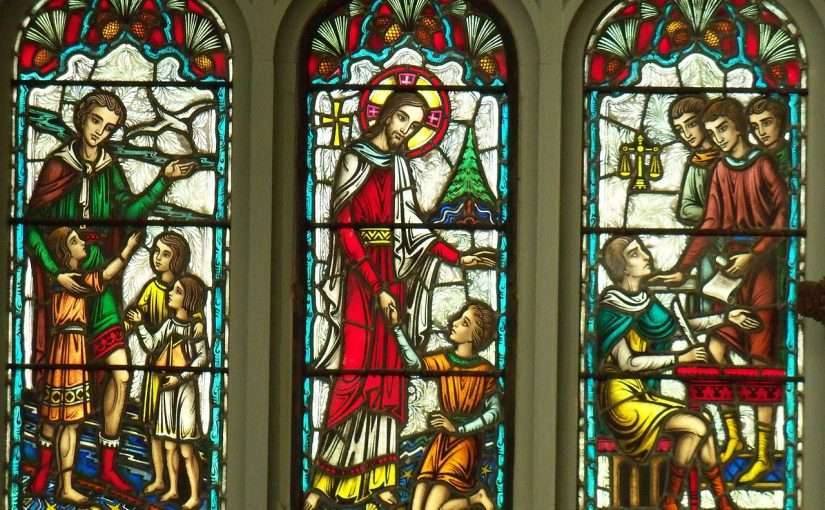“My God, my God, why have you forsaken me?”
guest post by Russell Joyner
Why would Jesus say something that sounds so discouraging? In Jewish tradition, in a moment of great distress, one should pray. When all looks hopeless, pray. When you can’t think of what to pray, then recite one of the pre-approved inspired prayers.
In first century Israel, In the middle of the afternoon, around three PM, Jews would stop for prayer. Somebody was supposed to call together at least ten Jewish men (constituting a minyun / quorum), then lead out in a Hebrew prayer, preferably one memorized from Scripture. Those who knew the prayer were supposed to corporately join in out loud.
Matthew 27:46 tells us “At about the ninth hour, Jesus cried out in a loud voice…” The ninth hour after sunrise is the time to offer the afternoon prayer. Nobody else took the leadership to select one of the psalms to pray. So Jesus took the lead, and started the prayer. When 1st century Hebrews started reciting Scripture, they did not use the number references like we do (chapter and verse numbers). The opening phrase also served as the title of the prayer. Jesus was inviting those standing around the foot of the cross to join him in one of the most dynamic petitions for deliverance ever written, very likely penned by King David himself.
Psalm 22 is a classic example of a “Prayer of Lament” (along with about two dozen in the Book of Psalms). The Biblical lament expresses a desperate situation, but the whole point is to confess that the situation can be changed by the LORD. The lament psalms raise a cry out of the depths, fully believing that God has the power to lift a person up, around or through the pit & to set the believer’s feet firmly upon the rock. Therefore, these Biblical laments are ultimately expressions of praise; admitting circumstances are at their worst, yet praising God for his faithful presence & deliverance. Things may look bad, but my God is sufficient for me. In each case, the complaining lament is shown to be invalid as a truth statement within the prayer itself.
Psalm 13:1 How long, O LORD? Will you forget me forever? How long will you hide your face from me?
Psalm 13:5-6 But I trust in your unfailing love; my heart rejoices in your salvation. I will sing to the LORD, for he has been good to me.
Psalm 74:1 Why have you rejected us forever, O God? Why does your anger smolder against the sheep of your pasture?
Psalm 74:12 But you, O God, are my king from of old; you bring salvation upon the earth.
While the complaint truly springs from genuine human anguish, once the individual looks at the lamentable circumstances through God’s eyes, the logical fallacy becomes clear.
Psalm 22 opens up with this address & complaint: “My God, My God, why have you forsaken me? Why are you so far from me, so far from the words of my groaning? O my God, I cry out by day, but you do not answer, by night, & am not silent.”
Some have taken that statement at face value, to conclude that God the Father did in fact forsake Jesus. I must go wherever the evidence leads me, and the evidence leads me to say “NO”!
The evidence:
- The ultimate message of Psalm 22 was trust in Yahweh’s covenant faithfulness: God will deliver.
- The way God has revealed himself consistently throughout Scripture:
- Immanuel literally means, “God With Us”
- The name Yahweh can be translated, “I Am Faithfully Present”
- Deuteronomy 31:6 – “I will never leave you nor forsake you.”
- Psalm 94:14 – “I will not forsake my inheritance.”
- The opening lines of psalms were used as titles, therefore, mention of title invokes the whole prayer.
- Psalm 22:24 itself tells us “For He has not despised or disdained the suffering of the afflicted one; he has not hidden his face from him, but has listened to his cry for help.” The initial complaint is corrected by the forthtelling prophecy.
- New Testament confirmation:
- Matthew 27 quotes four times from Psalm 22; Matthew understood the whole represented by the part.
- “When he offered up prayers & petitions w/loud cries & tears to the one who could save him, He was heard” (Hebrews 5:7).
Jesus gave his life willingly. He knew the ultimate message of Psalm 22 was trust in Yahweh’s faithfulness. He also recognized the lament psalm for what it was: a prayer of praise in the midst of lamentable circumstances. Not a hopeless lamentation.
The evidence & example of Christ leads us to be more willing to express ourselves to God openly without white-washing our problems. The prayer closet is the place to freely and firmly make your complaint and appeal. When we are at our wit’s end, Psalm 22 can guide us in taking our problems to the LORD. Don’t despair!
APPLICATION: Do not build your view of God on your feelings, but upon the WORD of God….The BIBLE. The true & living God has revealed himself to us in the Scripture, that we might know him & obey him.







